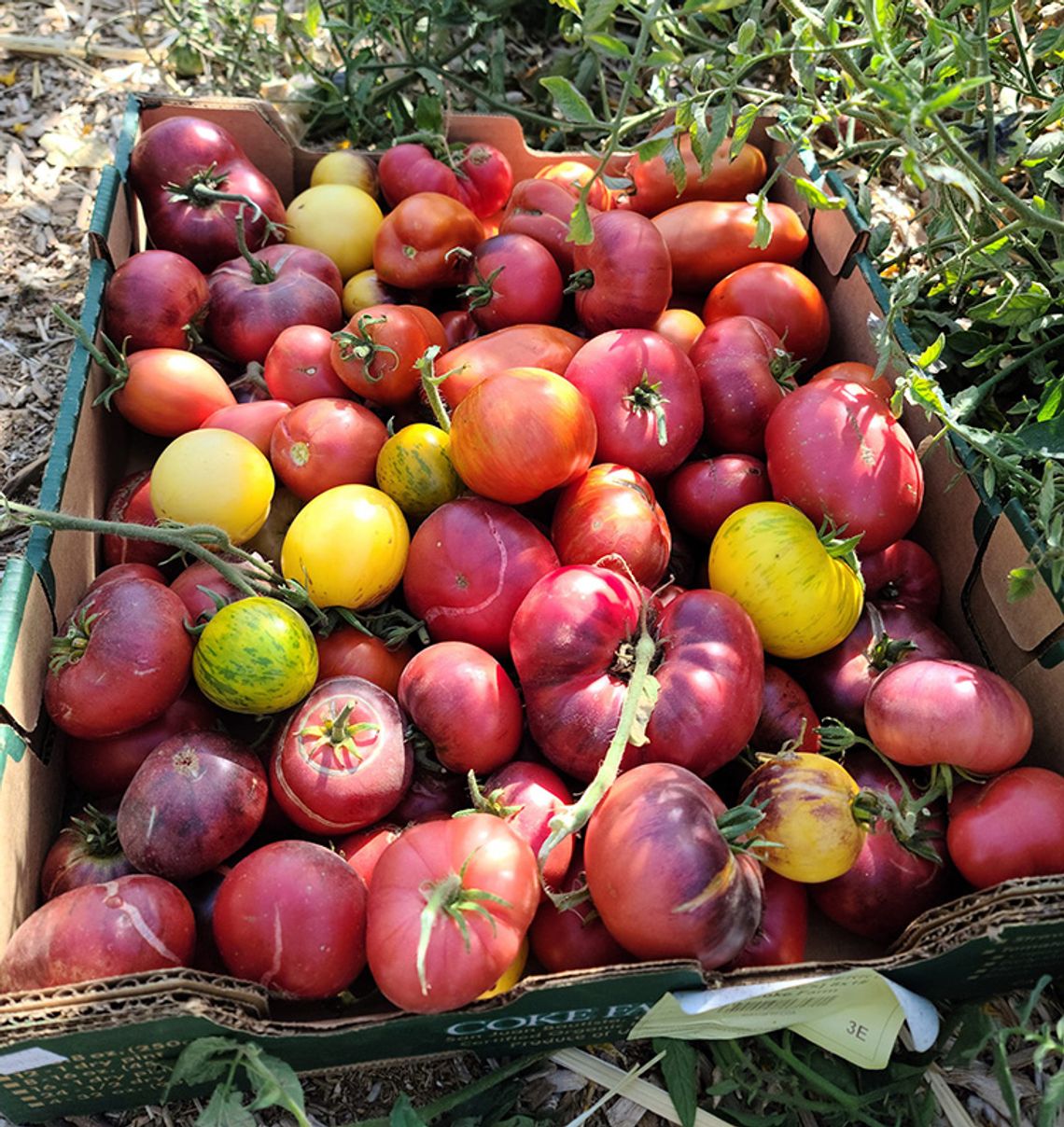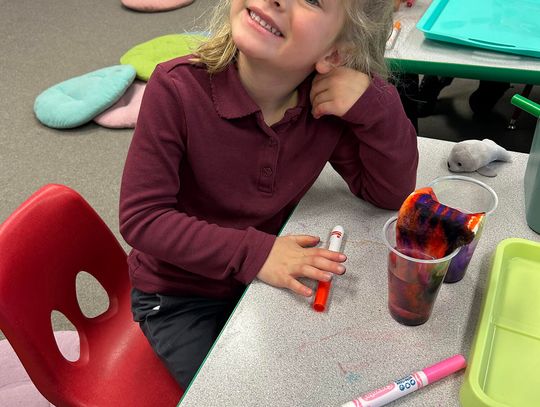Feeling like we just about finished running a marathon around here. What a season. With the first freeze in the forecast this week I have a dining room table full of peppers and tomatoes, an achy back, sore hands, and a full, grateful heart. The garden has been good to us this year despite all the challenges. If yours’s has too and you have some good-looking, good-tasting heirloom tomatoes, consider saving some seeds this year. You might be rewarded with hardier tomatoes more apt to deal with some heat extremes. We only grow heirloom varieties here on our farm, with one exception. The Sungold cherry tomato is just too good not to grow. On hybrids like the Sungold you will usually see F1 somewhere on the seed package or label, they are the result of a cross between two different parent plants. If you save seeds from F1 plants, you often will get a plant that has reverted to one of the parent plants. Plant breeders often describe this as “not breeding true.”
Speaking of not breeding true, we do not save seeds of anything in the cucurbit family. Melons, squash, and cucumbers cross so readily, next-generation “squash’kins can result. Plant breeders mention having a quarter-mile between varieties to prevent crossing. Not many of us have that kind of space. Seed Savers Exchange is a great resource for more detailed seed saving guides, as well as a great seed source.
Some annual flowers, like cosmos or sunflowers, you might consider leaving up for a little longer, the birds could use the extra food. As nature intended, some seeds may fall to the ground and you might get some random sprouts next year. If you let your basil go to flower, you can take the older flower heads, rub them in your hands to separate the chaff from seed, and you’ll find tiny black seeds to save for next year. If you are looking to save them in bulk, an easier method is to put the flower and all in a paper bag and let the seeds drop in the bag as the plant dries out. When dry, you can store them in clean jars, paper, or vellum envelopes preferably in a cool, dark place.
My favorite seed-saving story (who doesn’t have one of those?) involves the highly ornamental, spicy, Fish Pepper. The plant has white and green mottled leaves, with super colorful striped peppers. They were grown in the 1800s in the Caribbean as a secret ingredient in flavorful seafood dishes and were rumored to be have been brought to the US by early Haitian immigrants. As the country grew more urbanized the Fish Pepper would have been forgotten where it was not for gardener and artist Horace Pippen. Horace served in World War I in the New York Guard 369th Harlem Hellfighters Infantry. The story goes that Horace lost his arm after being shot by a sniper and sought relief from arthritis pains via bee sting therapy from his apiarist neighbor, Ralph Weaver. Horace would exchange seeds from his garden with Ralph for his treatments. Many years later Ralph’s grandson found baby food jars full of seeds in an old freezer in his grandfather’s barn, including seeds of Fish Peppers and the gorgeous colorful Buena Mulata Peppers. Seeds were shared with the Seed Savers Exchange and have found their way to gardens like mine ever since.
Back to tomatoes. The easy seed saving method involves scraping seeds and pulp away from mature fruit and letting them thoroughly dry on a paper towel or screen. I find this method works fine for year-to-year planting. However, if you want to build your seed library and count on seeds germinating years down the road, many experts recommend letting the seeds ferment first. Those who favor the fermentation method claim it easily removes the gel that surrounds the seed and reduces pathogens. The method involves squishing (scientific terms, eh?) seeds out into a jar. Let the jar sit for about 3 days, stirring or swirling often. After 3 days, you add water and pour off the pulp while retaining the seeds. Then rinse, dry, and store the seeds. Big seed companies will use a bleach solution to further prevent seed-borne disease. Either method thankfully involves a good amount of tomato tasting. Enjoy.









Comment
Comments